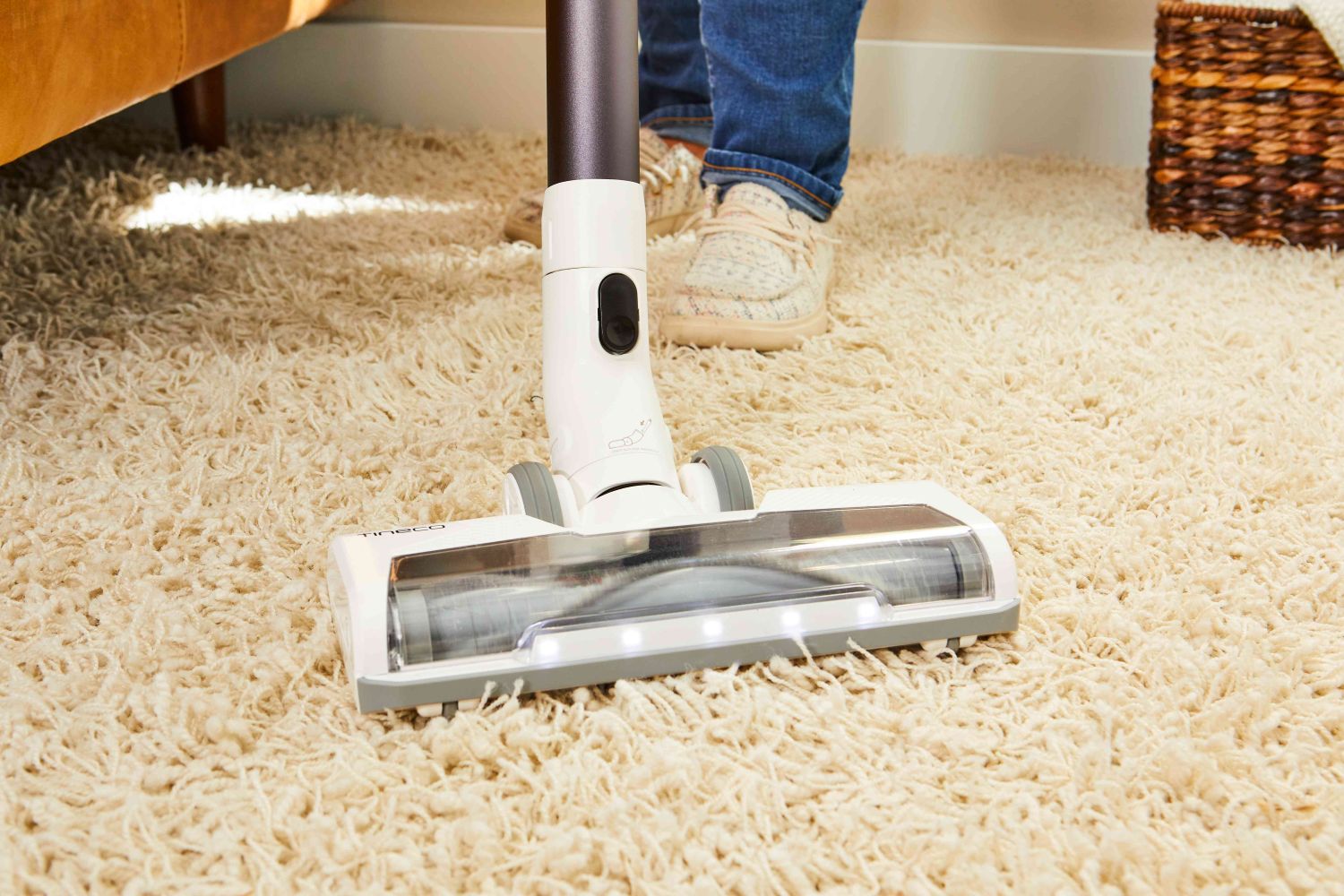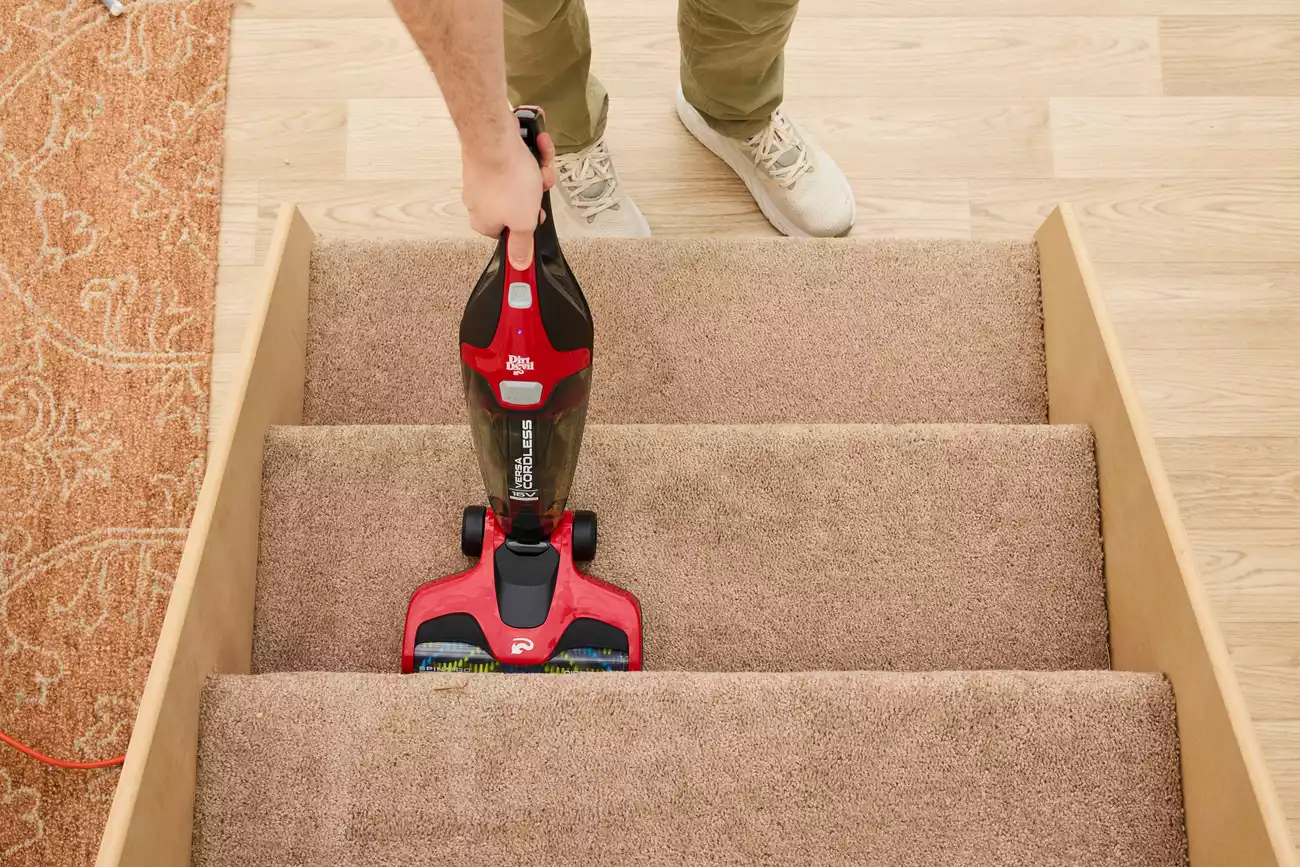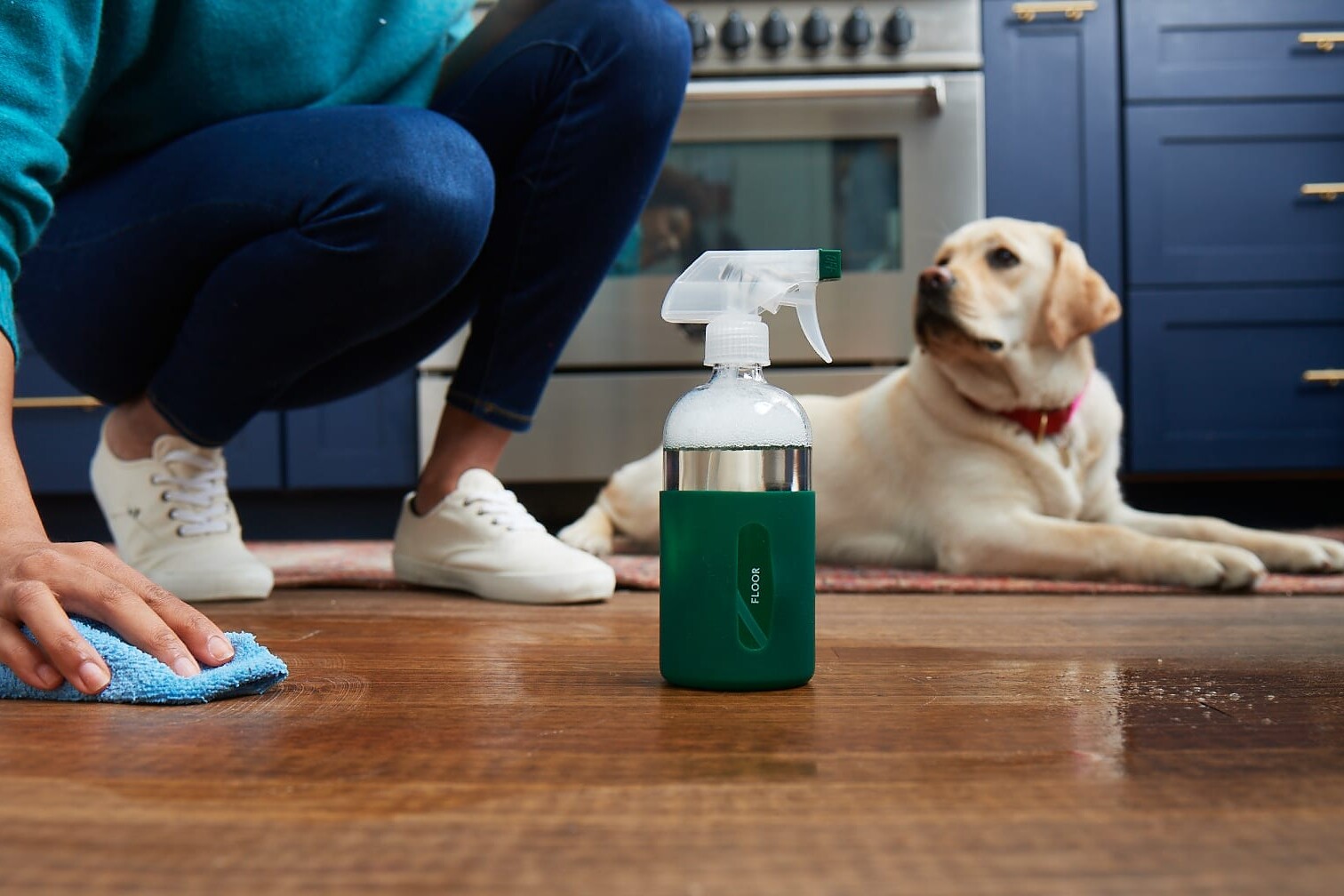There’s something almost offensive about it: you’re vacuuming to make your home smell better, and yet… halfway through the job, a hot, musty, almost burnt stench hits your nose.
You pause, take a sniff — yep. It’s your vacuum. Again.
If your vacuum smells bad, you’re not alone. In fact, it’s one of the most common cleaning complaints out there, especially in homes with pets, carpets, or high foot traffic. The machine that’s supposed to clean your home shouldn’t make it stink — but when it does, it’s more than just unpleasant. It’s a sign that something deeper might be going wrong inside.
From pet hair decay to bacteria buildup and even motor stress, a smelly vacuum is often a warning that your cleaner needs cleaning. But don’t worry — in nearly every case, you can fix it fast, and make it smell fresher than the day you bought it.
In this guide, we’ll walk you through:
- Why your vacuum smells weird, burnt, or just downright nasty
- The different types of vacuum smells (and what they mean)
- Step-by-step cleaning methods to eliminate odor completely
- How to prevent future smells with a simple weekly habit
- Natural freshening tricks that actually work — no fake florals required
Whether you use a bagged upright, a cordless stick, or a high-end canister vacuum, this guide has you covered. Let’s dive into the stink — and get your air (and your mood) smelling clean again.
Why Your Vacuum Smells — And What That Smell Is Telling You
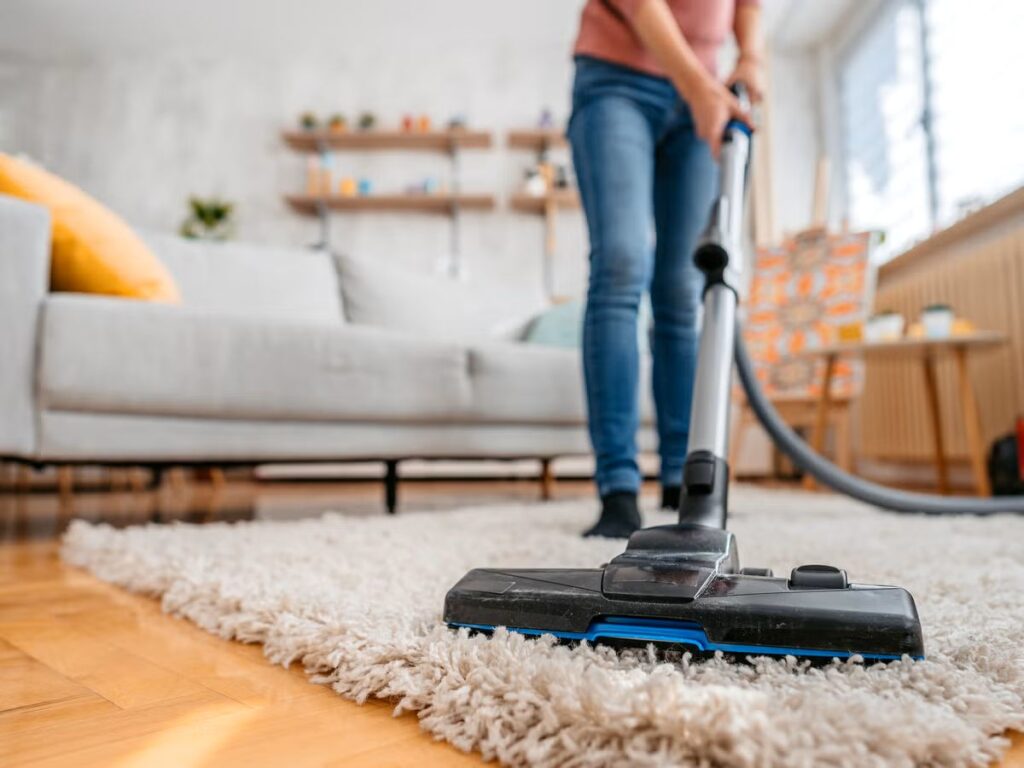
When your vacuum stinks, it’s more than just an inconvenience — it’s your vacuum’s way of waving a red flag. Smells are symptoms, and like any good diagnosis, we need to look at what your vacuum is trying to tell you.
Let’s decode the most common vacuum odors — and the root causes behind each one.
1. The “Burning” or “Hot Dust” Smell
If your vacuum smells like something’s burning, don’t ignore it. This could be:
- A belt that’s slipping or overheating
- Hair and debris stuck in the brush roll or beater bar
- A motor working too hard, often from a clogged filter or full bin
Warning: If you ever smell burnt plastic, unplug the vacuum immediately — a motor short or wiring issue could be dangerous.
2. The “Rotten” or “Funky” Smell (Like Cheese or Old Socks)
This odor usually means something organic is decaying inside:
- Pet hair mixed with saliva and dander
- Damp carpet particles or food crumbs
- Dust combined with skin oils and bacteria
It’s gross, but common — especially in bagless vacuums or those with washable filters that aren’t cleaned often enough.
3. The “Dog Smell” (Even If You Don’t Have One)
Even if you’re not a pet owner, your vacuum may pick up odors from:
- Previous tenants
- Guest pets
- Public spaces (if it’s a robot vacuum)
Pet dander is sticky, oily, and can cling inside hoses and filter crevices.
4. The “Dusty Basement” Smell
This musty, dry odor is typical of vacuums that have:
- Clogged HEPA filters
- Dirty dustbins that were stored while damp
- Hoses with dust buildup or mildew in the bends
If your vacuum smells like an old attic or mildew, moisture is likely trapped somewhere inside.
5. The “Fake Floral” Smell That Turns Nasty
Ever tried a scented vacuum bead or powder? While they seem like a shortcut to freshness, they often make the problem worse.
Those products don’t eliminate odor — they just coat the smell. And over time, they mix with heat and bacteria to create a sickly sweet, synthetic stench that’s harder to remove than the original stink.
Bottom Line:
Every vacuum odor points to a specific issue inside your machine — and most are totally fixable with the right method.
Step-by-Step — How to Deep Clean a Smelly Vacuum (Bagged or Bagless)
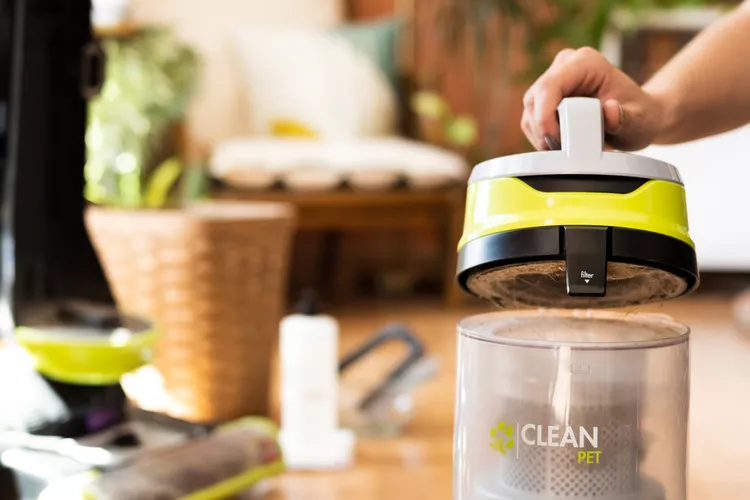
Whether your vacuum is a bagless stick, a bulky upright, or a sleek canister, the smell starts inside. And if you’re not cleaning your vacuum every few weeks, it’s no surprise that odors build up like grime in a neglected trash bin.
Let’s walk through exactly how to deep-clean your vacuum so it smells fresh — and runs better too.
What You’ll Need:
- Warm water + mild dish soap
- Baking soda or white vinegar (for optional odor neutralizing)
- A soft brush (old toothbrush works great)
- Microfiber cloths or paper towels
- Screwdriver (for brush roll or hose access)
- Scissors (for tangled hair)
- Gloves (trust us)
Step 1: Unplug and Disassemble
Start by:
- Unplugging or removing the battery
- Taking apart all removable components — dustbin, filters, hose, brush head
- Lay pieces out on a clean towel so nothing gets lost
You’ll likely find hair, fuzz, gunk, and a bit of shame stuck inside the nooks. Don’t worry — this is normal.
Step 2: Empty and Soak the Dustbin
If you have a bagless vacuum:
- Empty the bin into a sealed trash bag
- Wash it with warm, soapy water
- Optional: Add 1 tsp of white vinegar or baking soda to the rinse for deodorizing
- Let it air dry completely — don’t put it back damp
Pro Tip: Wipe the inside with a microfiber cloth before rinsing to remove clinging dust.
If your vacuum uses bags, just remove and discard the old one — never reuse a full bag if your vacuum smells.
Step 3: Clean or Replace the Filters
Most vacuums have two types of filters:
- Pre-motor filters (usually foam or mesh)
- Post-motor/HEPA filters (the ones that catch microscopic dust)
Foam filters can often be washed:
- Rinse with warm water (no soap unless the manual allows it)
- Squeeze gently to remove excess water
- Air dry for at least 24 hours
HEPA filters are usually not washable — check your manual. If they smell, they probably need to be replaced. Doing this every 3–6 months can make your vacuum smell brand new.
Step 4: Brush Roll and Bottom Plate
Flip the vacuum over. Use:
- Scissors to cut away tangled hair and threads
- A toothbrush or detail brush to remove stuck dust
- Wipe the brush, bearings, and housing with a damp cloth
If it smells burnt, check for:
- Belt slippage
- Friction damage on the brush ends
- Overheating marks — this may require professional service
Step 5: Scrub the Hose
This is the smelliest part for many vacuums.
- Detach the hose
- Fill a bucket with warm water + a few drops of dish soap + a splash of vinegar
- Submerge one end and let the hose fill, then plug both ends and shake it gently
- Rinse and let hang dry (use gravity to help the water drain out)
Note: Never reattach a damp hose — it’s the #1 cause of “that mildew smell.”
Step 6: Wipe Everything Else Down
Wipe down the body, handle, and attachments with a damp cloth:
- Pay attention to air vents — they can collect dust and trap odor
- You can lightly spray a cloth with a water-vinegar mix or a natural enzyme spray like Angry Orange for safe deodorizing
Step 7: Reassemble and Deodorize Naturally
Once everything is fully dry, put your vacuum back together.
For long-term freshness, try:
- Adding a cotton ball with a drop of essential oil near the filter (never in the motor!)
- Sprinkling a pinch of baking soda in the dustbin
- Using an activated charcoal pouch inside the vacuum closet
Real user feedback:
“I thought my Dyson was dying. Turned out I just needed to clean the filters and wash the hose. Smell gone. Suction improved. Win-win.” – Reddit user
Natural Ways to Keep Your Vacuum Smelling Fresh (No Harsh Perfumes)
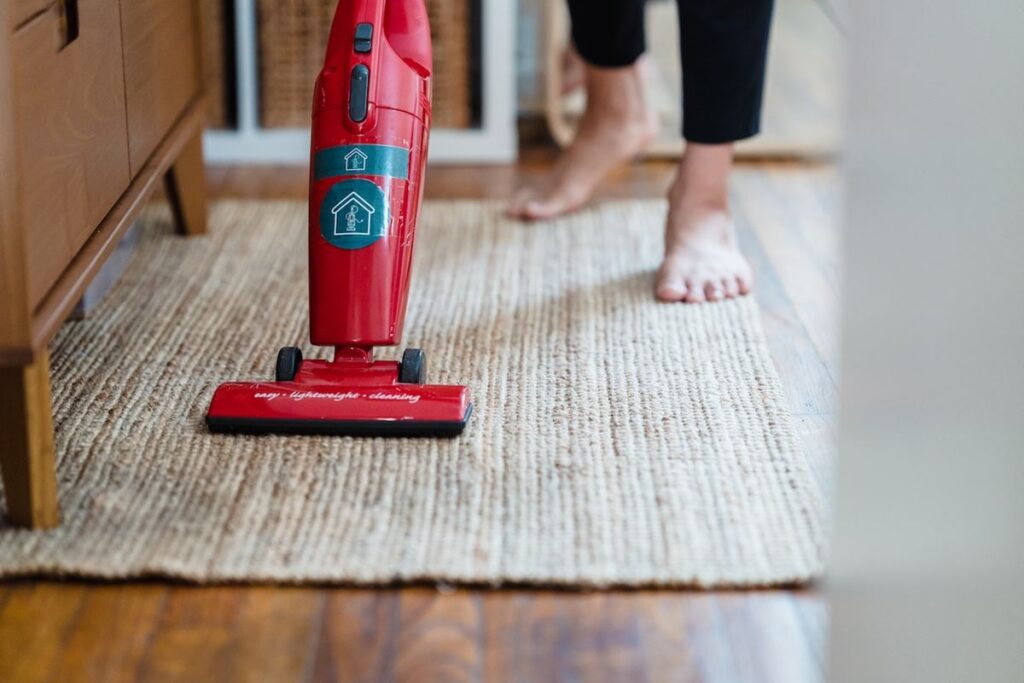
Let’s be real — nobody wants their vacuum smelling like a fake lilac air freshener exploded inside it. And for people with allergies, asthma, pets, or just plain sensitive noses, those synthetic scents can make things worse.
Fortunately, there are natural, non-toxic ways to keep your vacuum smelling clean between deep cleanings — without coating it in chemicals.
1. Cotton Ball + Essential Oils
One of the oldest tricks in the book — and still one of the best.
- Take a small cotton ball or piece of tissue
- Add 1–2 drops of essential oil (like lemon, lavender, or tea tree)
- Tuck it near the filter or inside the bag compartment (not in direct airflow)
The airflow will gently carry the scent without clogging the motor or causing heat buildup.
Avoid overdoing it — too much oil can make the machine sticky or gunky over time.
2. Baking Soda Deodorizer Powder (DIY Safe Version)
Skip the chemical-laden scented powders. Instead, make your own:
- Mix ½ cup baking soda + 1 tsp cinnamon or dried lavender
- Sprinkle lightly on the carpet before vacuuming
- It will leave your vacuum and room smelling subtly fresh
Bonus: Baking soda also absorbs moisture and odor from inside the dustbin or bag.
Don’t pour it directly into the vacuum — just use on the carpet.
3. Charcoal Air Purifier Pouches
Activated charcoal is a powerful odor absorber, and it doesn’t mask — it neutralizes.
Place a small charcoal deodorizer pouch:
- Inside the vacuum closet
- Near the vacuum’s dustbin or storage case
Some vacuums even have a small air vent area you can safely tuck one near. These pouches can last 6–12 months and are completely fragrance-free.
4. Dried Herbs Sachets (For Natural Aroma)
Want to go cottagecore? A small muslin bag filled with dried lavender, mint, or eucalyptus can add gentle freshness.
Just keep it in the vacuum closet or inside a storage drawer — let the herbs scent the air around the machine, not inside the motor.
5. Enzyme Sprays (Optional, Light Use)
Natural pet-safe enzyme sprays like Angry Orange or Nature’s Miracle can be lightly misted:
- On the cloth you use to wipe down the vacuum exterior
- On the floor before vacuuming
Avoid spraying inside the vacuum itself unless the manufacturer says it’s safe.
Human Tip:
You don’t need your vacuum to smell like perfume — you just need it not to smell like regret. These tricks let it stay neutral and clean without overloading your space.
Prevention — How to Stop Bad Vacuum Smells Before They Start
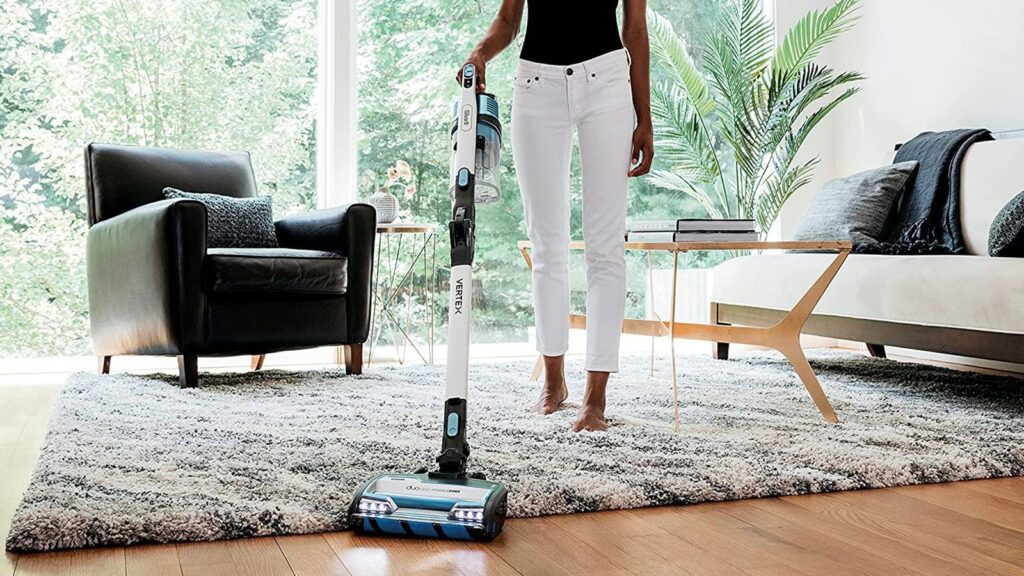
We’ve tackled the stink, deep cleaned every crevice, and added natural freshness. Now it’s time to keep it that way. Because honestly, no one wants to deep-clean their vacuum every week — and you shouldn’t have to.
Here’s how to make sure your vacuum never smells bad again — with just a few simple habits.
1. Empty the Dustbin Every Single Time
Even if it’s only half full, always empty your vacuum after use. Why?
- Dirt, food crumbs, pet hair, and dust sit there festering
- Moisture from carpets or pet drool makes it damp — a perfect environment for bacteria
- Smells build fast, especially in closed systems like stick vacuums or cordless models
Make it a ritual: unplug → empty → wipe → done.
2. Clean Filters Monthly (Or More Often with Pets)
Filters trap everything your vacuum collects — and when they’re full, they can’t breathe.
Clogged filters = strain on the motor + heat = odor.
Most brands recommend:
- Foam and mesh filters → rinse monthly (air dry fully!)
- HEPA filters → replace every 3–6 months
- Carbon filters (on pet vacuums) → replace when they stop smelling fresh
Set a reminder on your calendar. It’s quick and totally worth it.
3. Check the Brush Roll Weekly
Your brush is literally sweeping your floors — and trapping all the hair, threads, socks, and mysteries you didn’t even know were there.
Every week (especially if you have pets or long hair):
- Flip it over and inspect
- Cut away tangled fibers
- Wipe the housing with a cloth
This prevents overheating, bad smells, and brush damage.
4. Let It Breathe
Don’t shove your vacuum back into a sealed closet right after use — especially if it’s warm from a cleaning session.
- Let it cool and air out
- Store it with the bin open or filters exposed if possible
- Keep it in a dry, low-humidity area (avoid damp basements)
Moisture + heat = mildew. You’re not storing a gym sock — it’s your cleaning tool.
5. Add Natural Deodorizers to Storage
Reinforce all your good work by keeping:
- Baking soda sachets in the vacuum closet
- A cotton ball with essential oil near the handle or charging dock
- A charcoal bag tucked beside the dustbin when not in use
This passively neutralizes odors — even if you forget a few maintenance steps.
Weekly Quick Routine (Under 5 Minutes):
- Empty bin or replace bag
- Wipe filter cover and exterior with a damp cloth
- Check brush for hair/tangles
- Store in a ventilated spot
- Add or refresh natural deodorizer nearby
Real-Life Reminder:
These 5 minutes a week save you hours of frustration later. No more walking into a room and thinking, “Ugh… was that the vacuum again?”
FAQs + Final Thoughts — A Cleaner Home Starts With a Cleaner Vacuum
You came here because your vacuum stinks. And if we’re being honest, a smelly vacuum doesn’t just affect the air — it affects your mood, your pride, and your trust in the machine that’s supposed to clean, not gross you out.
Let’s answer some final burning questions to seal the deal:
Q1: Why does my vacuum smell like feet, socks, or a dead animal?
Chances are you’ve got:
- Rotting food crumbs
- Damp pet hair or dander
- Bacteria buildup in your filter or hose
Clean the bin, scrub the filters, and wash the hose thoroughly. Use a charcoal pouch or baking soda for long-term freshness.
Q2: Can I spray Febreze or perfume inside the vacuum?
Please don’t. These coat the problem without fixing it. Worse, they can:
- Clog filters
- Damage plastic parts
- Mix with heat to create even worse smells
Use natural essential oils outside the airflow instead.
Q3: My vacuum smells like something’s burning — is it dangerous?
If you smell burnt plastic, unplug immediately. This may be:
- A worn or stuck belt
- Motor stress
- Electrical wiring damage
Don’t use it again until inspected. If the smell is more like hot dust, check for clogs or a dirty HEPA filter.
Q4: How often should I clean my vacuum to prevent smell?
At minimum:
- Empty the bin or bag after every use
- Wipe down exterior weekly
- Wash or replace filters monthly
- Deep clean (hoses + brushes) every 6–8 weeks
Final Thoughts:
A clean-smelling vacuum isn’t just about hygiene. It’s about trusting your tools, enjoying your routine, and not second-guessing what’s in the air every time you clean the floor.
Whether you live in a small apartment, a big pet-filled house, or a busy family home — these strategies will keep your vacuum from turning on you. All it takes is a bit of knowledge, the right tools, and a few minutes of your week.
So next time you turn it on and breathe deep — you’ll smell nothing but relief.

